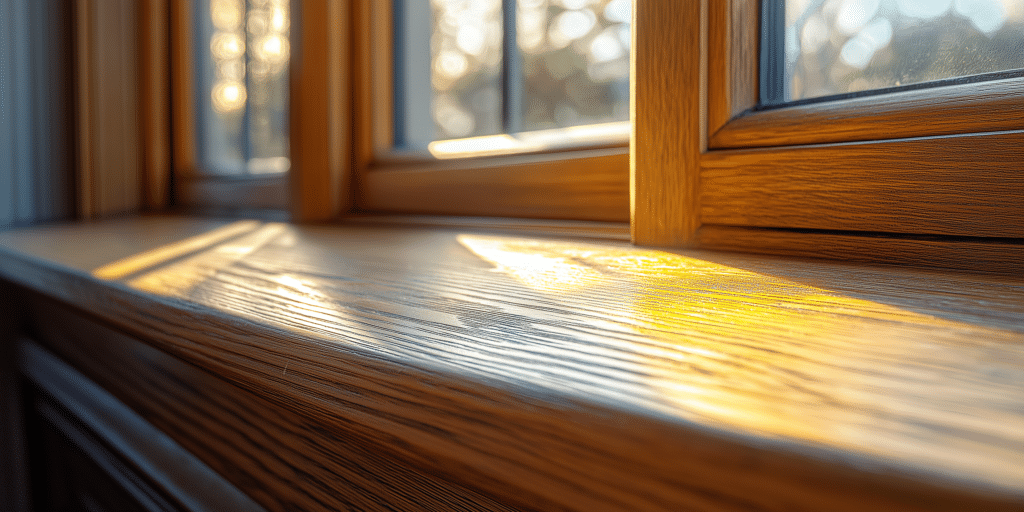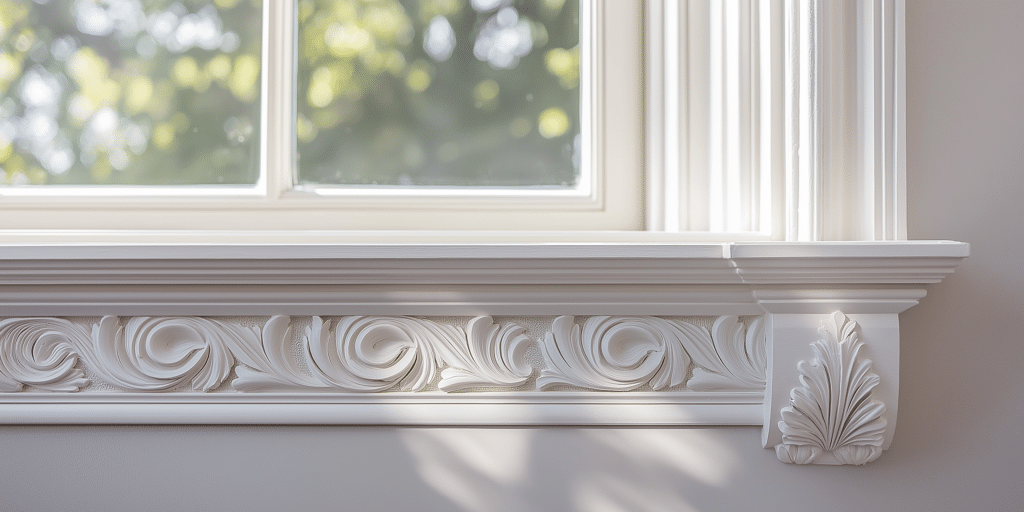Understanding Mortise and Tenon Joints

The mortise and tenon joint works by inserting the tenon into the mortise, creating a friction fit that is often reinforced with wooden pegs or adhesive. This technique is highly effective in distributing weight and providing structural integrity. The joint’s ability to withstand heavy loads without relying on metal fasteners enhances its longevity, making it ideal for use in traditional sash window joinery. These joints are up to 50% stronger than dowel or biscuit joints, making them ideal for use in sash windows that must endure significant stress and load over time.
The precise measurement and cutting involved in creating the tenon and mortise ensure a tight fit, which is crucial for maintaining the window’s stability over time. The strongest joinery method is far superior to alternatives like dowels or screws because the wood fibres remain continuous, adding significant structural integrity to the sash.
The Historical Significance of Mortise and Tenon Joints
The use of mortise and tenon joints dates back to ancient woodworking practices, becoming particularly prominent in the Georgian and Victorian eras. These joints provided a secure and long-lasting connection, making them the preferred choice for the large, often heavy sashes typical of these architectural styles. Their historical importance is further underscored by their continued use in heritage restorations today. The strength of a sash window depends significantly on the quality of the mortise-and-tenon joints, which, when done correctly, can keep a window functional for decades.
Key Tools and Techniques for Repairing Mortise and Tenon Joints
Successfully repairing a mortise and tenon joint requires tools such as sharp chisels, wooden mallets, marking gauges, and clamps. Each tool is critical in ensuring that the tenon and mortise are accurately cut and fitted. For instance, a sharp chisel allows for clean and precise cuts, while clamps hold the joint securely in place during the curing process of any adhesive used. Properly maintained sash windows with mortise and tenon joints can perform just as well as modern replacements and are much easier to repair.
Comparing Mortise and Tenon Joints to Other Woodworking Joints

Mortise and tenon joints are often compared to dowel joints, biscuit joints, and lap joints. Unlike other joints, mortise and tenon joints provide superior tensile strength and resistance to shear forces, making them particularly suitable for the vertical and horizontal loads encountered in sash windows. Mortise and tenon is the strongest joinery method, far superior to alternatives like dowels or screws. While alternative joints may be easier to construct, they often lack the same level of durability and load-bearing capacity, leading to potential issues over time, such as frame misalignment or joint failure.
The Role of Mortise and Tenon Joints in Window Durability
The strength of the mortise and tenon joint plays a pivotal role in the durability of sash windows, ensuring that the frame remains structurally sound even after decades of use. The design of mortise and tenon joints reduces the likelihood of warping or shifting in sash windows, a common issue with other types of joints, ensuring that windows remain operational and aesthetically pleasing over long periods. Traditional mortise-and-tenon joinery provides the best possible design for sash windows, ensuring durability and resistance to extreme service conditions.
Environmental Considerations for Mortise and Tenon Joints
Mortise and tenon joints in sash windows are susceptible to environmental changes, as wood naturally expands and contracts with fluctuations in humidity and temperature. Applying high-quality sealants and ensuring proper drainage around the window frame can help prevent water ingress and wood rot, preserving the integrity of the joints. The importance of haunching during the joint creation process to ensure that the tenon fits snugly within the mortise, preventing movement and enhancing the overall strength of the window.
Step-by-Step Guide to Repairing Mortise and Tenon Joints

The repair process begins with a thorough assessment of the damage, followed by the careful removal of the sash from the window frame. Precision is essential in both cutting and fitting the replacement tenon or mortise. Using the same type of wood as the original frame ensures consistency in expansion and contraction. Properly maintained sash windows with mortise and tenon joints can perform just as well as modern replacements and are much easier to repair.
Common Mistakes to Avoid When Working with Mortise and Tenon Joints
One common error is not ensuring a tight fit between the mortise and tenon, which can lead to joint failure. Accurate measurements and the use of high-quality tools are crucial. If the joint is not fitting as it should, it’s important to reassess the dimensions and make necessary adjustments rather than relying on wood glue or shims as a quick fix. Haunching, a critical step in creating a mortise and tenon joint, ensures the tenon fits snugly within the mortise, preventing movement and enhancing the overall strength of the window.
Modern Alternatives to Mortise and Tenon Joints in Sash Windows
While the mortise and tenon joint remains a preferred method for many due to its historical authenticity and strength, modern alternatives, such as epoxy resin joints and mechanical fasteners, are available. Modern adhesives, like epoxy, can offer strong bonds with less labour-intensive application processes. However, they often lack the same aesthetic and historical accuracy as traditional joinery. Mechanical joints in uPVC sash windows, though modern, replicate the traditional mortise-and-tenon look, preserving heritage aesthetics without sacrificing durability.
Maintaining Mortise and Tenon Joints in Historical Windows

Regular inspections are key to maintaining these joints, especially in older buildings where the wood may be more susceptible to decay. It is crucial to use historically appropriate materials and techniques in any repair work to maintain the architectural integrity of the building. The strength of a sash window depends significantly on the quality of the mortise-and-tenon joints, which, when done correctly, can keep a window functional for decades.
Conclusion: The Enduring Value of Mortise and Tenon Joints
The mortise and tenon joint continues to be a cornerstone of quality woodworking due to its unmatched strength and durability. This enduring value is significant for homeowners and restorers who are committed to preserving the historical integrity of their properties. The importance of these joints is stated in the following statement: “Traditional mortise-and-tenon joinery provides the best possible design for sash windows, ensuring durability and resistance to extreme service conditions.” By understanding and properly maintaining these joints, sash windows can remain both functional and beautiful, preserving their value for future generations.




